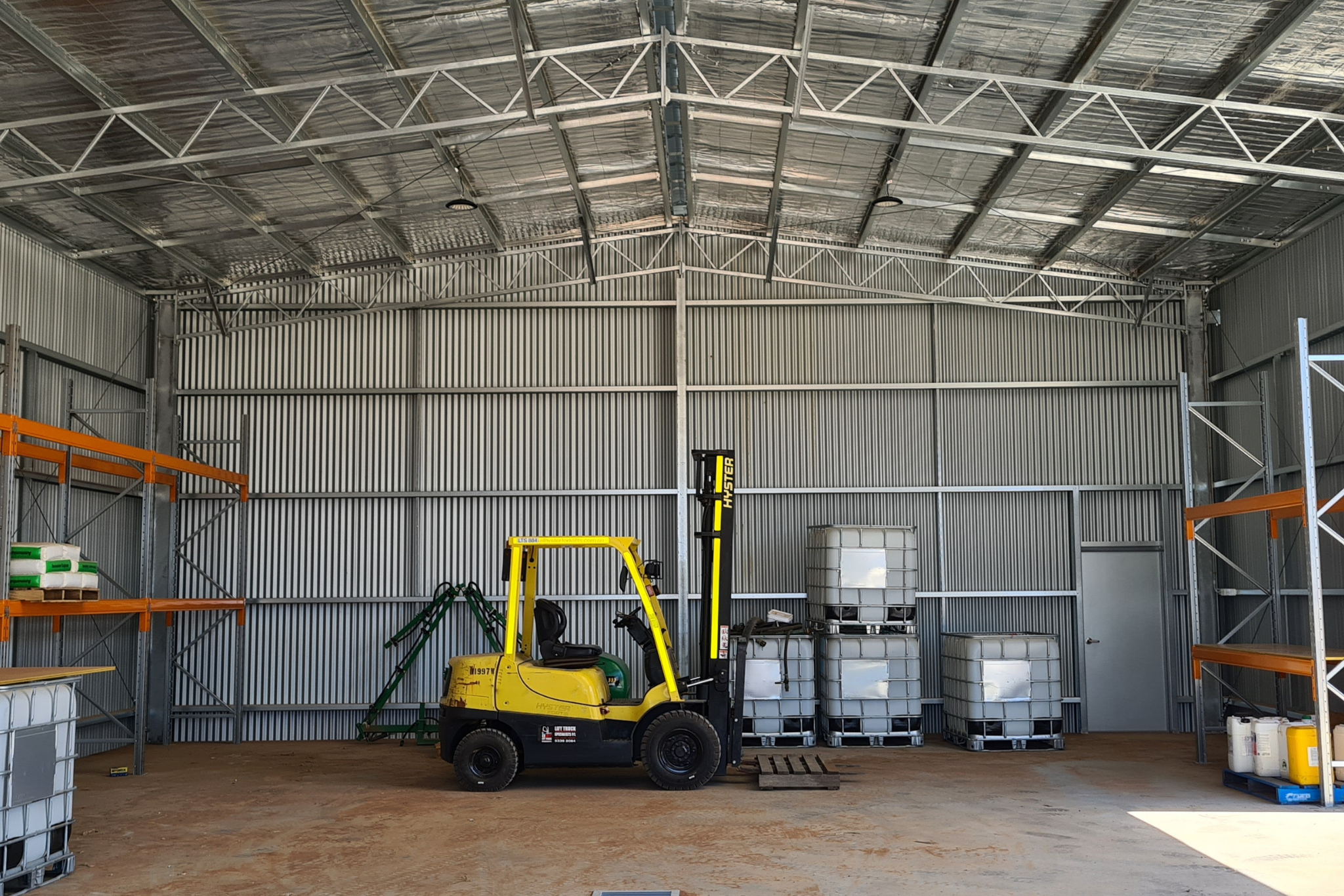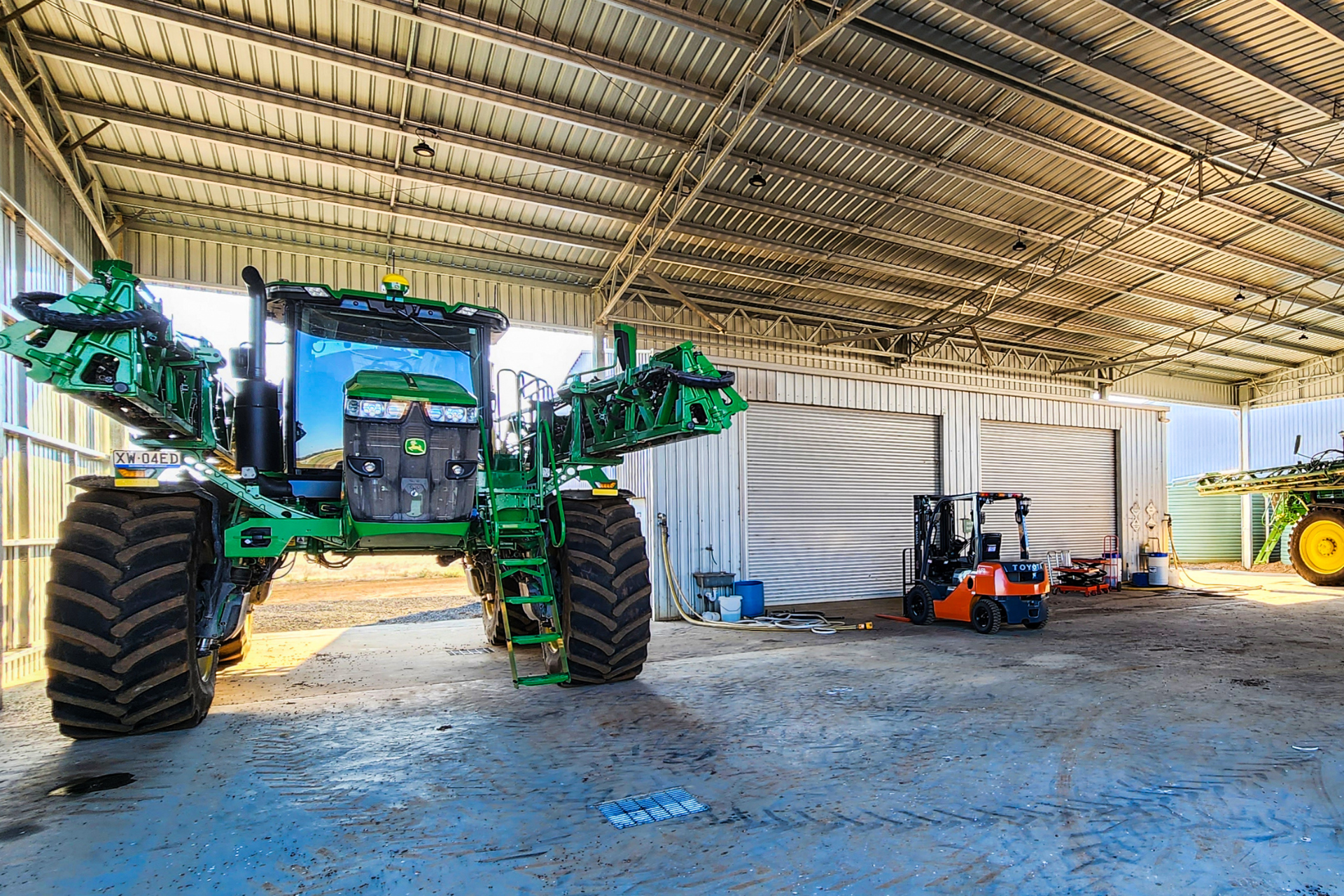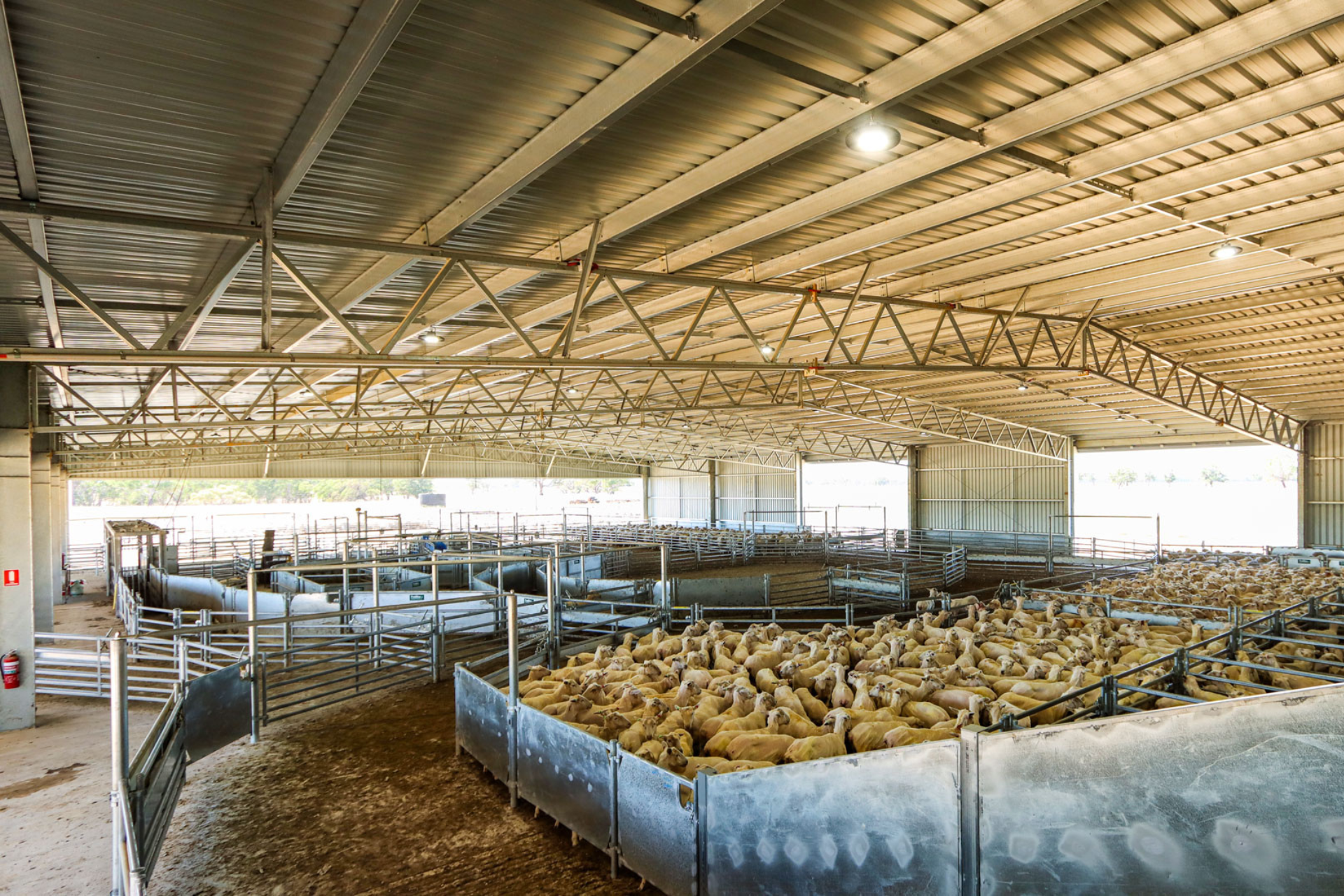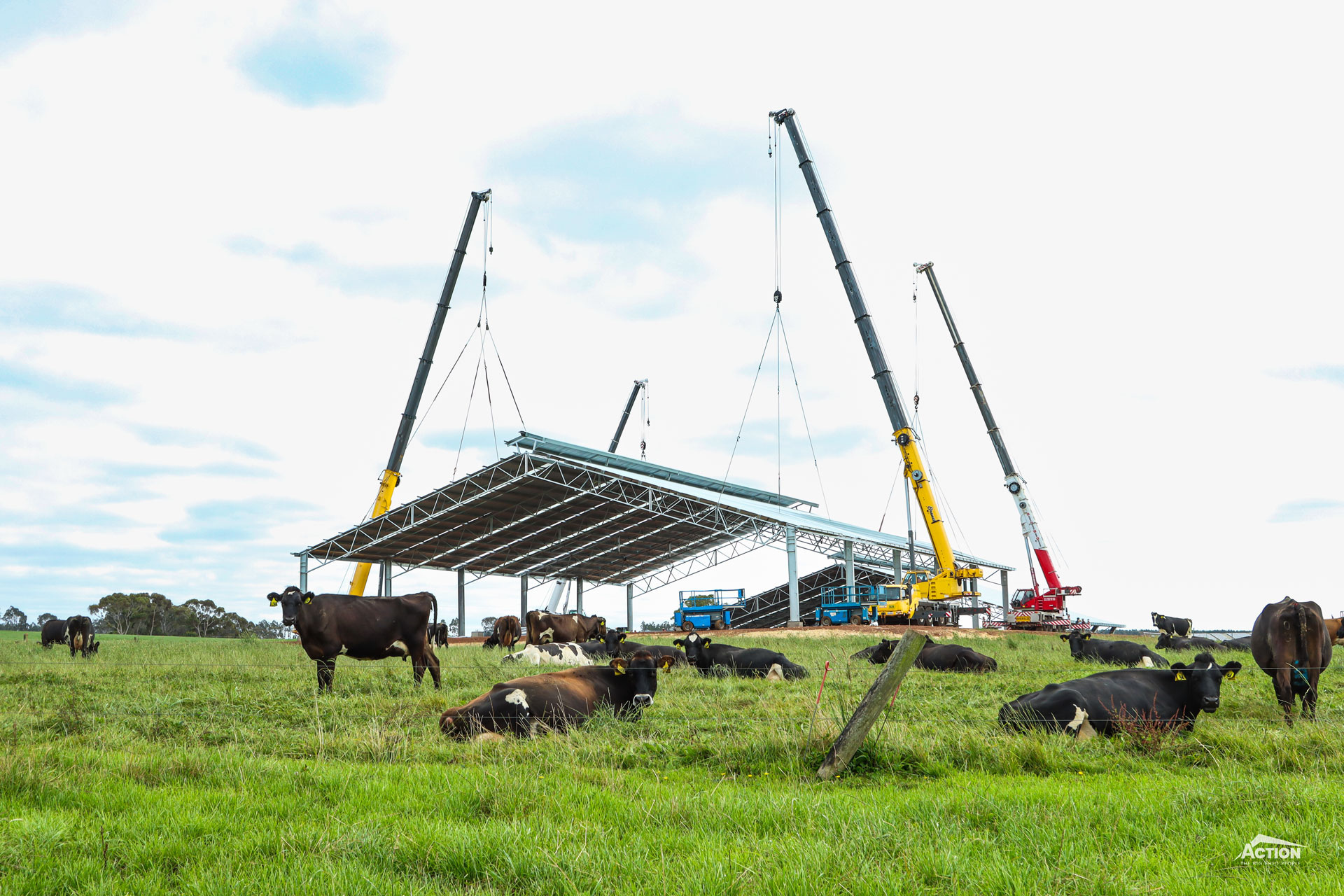While chemicals are a hazard and should be treated with caution, they can be safely used and stored on-farm by following manufacturer’s instructions and storage regulations. Safe chemical storage is an important topic, so in this article we discuss how to safely store chemicals.
Here’s what you need to know about safely and securely storing chemicals on-farm.
Chemical storage regulations and requirements
If you store under 1000 kilograms or 1000 litres of chemicals on-farm, this is classified as ‘Minor Storage’ as per the Australian Standard AS2507 – 1998.
Quantities of chemical greater than 1000 kilograms or 1000 litres are required to comply with the storage requirements of the Dangerous Goods Act 1985 and Dangerous Goods (Storage and Handling Regulations 2012).
Why chemicals need to be stored safely
First and foremost, chemicals need to be stored properly to ensure you are safe, your family, workers and neighbours are safe and to protect the environment.
There are a range of immediate and long-term health problems of exposure to chemicals which vary depending on the chemical and the extent of the exposure. Immediate side-effects include headaches, nausea, dizziness, burns, poisoning and rashes. The long-term effects of exposure to chemicals can include damage to nervous systems, organ damage and respiratory illnesses.
Flammable chemicals and fuels need to be appropriately stored as they can cause fires and explosions if stored incorrectly.
What is the best (and safest) way to store chemicals on-farm?
The best way to store chemicals is to have a dedicated chemical storage shed, located away from hazards like machinery and hay, and away from personnel.
How to safely store chemicals
Here are a few suggestions and requirements for safe chemical storage sheds:
- A fully-enclosed shed protects chemicals from the extreme heat and exposure to sunlight.
- Ample ventilation and airflow through the shed help vapours and fumes evaporate. Ventilation options include whirly bird vents in the roof and wide sliding door openings.
- Choose a shed location that is away from houses, the property boundary and make sure it is not subjected to flooding or inundation.
- Ensure the shed is able to be locked up securely to prevent unauthorised access.
- First aid kits, fire extinguishers and a spill kit should be easily accessible.
- Good lighting in the shed makes reading labels and measuring out chemicals easier.
- Have clear access to avoid hazards when carrying chemicals. To ensure a safe exit in the case of fire keep flammable chemicals away from access points.
- Pallet racking is a good idea to take advantage of the height of the shed and avoid stacking shuttles and containers on top of each other. Liquid chemicals should not be stored above solid chemicals.
- Requires a bunded floor slab which can hold 25% of the total storage volume or 110% volume of the largest container, whichever is the greatest.
- Requires a drainage point to an evaporation pit outside.
- Remember to store farm chemicals as per the manufacturer’s advice on the Safety Data Sheet.
Farm chemical storage shed project ideas
Here are some examples of safe on-farm chemical storage sheds that we have built recently.
Useful resources
*Disclaimer* This advice is general only. Please read the regulations and consult the relevant authorities.








